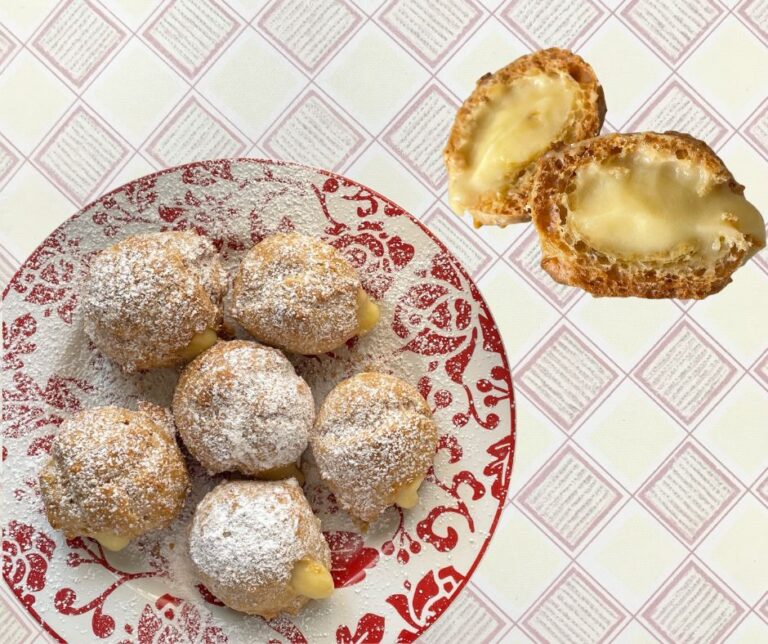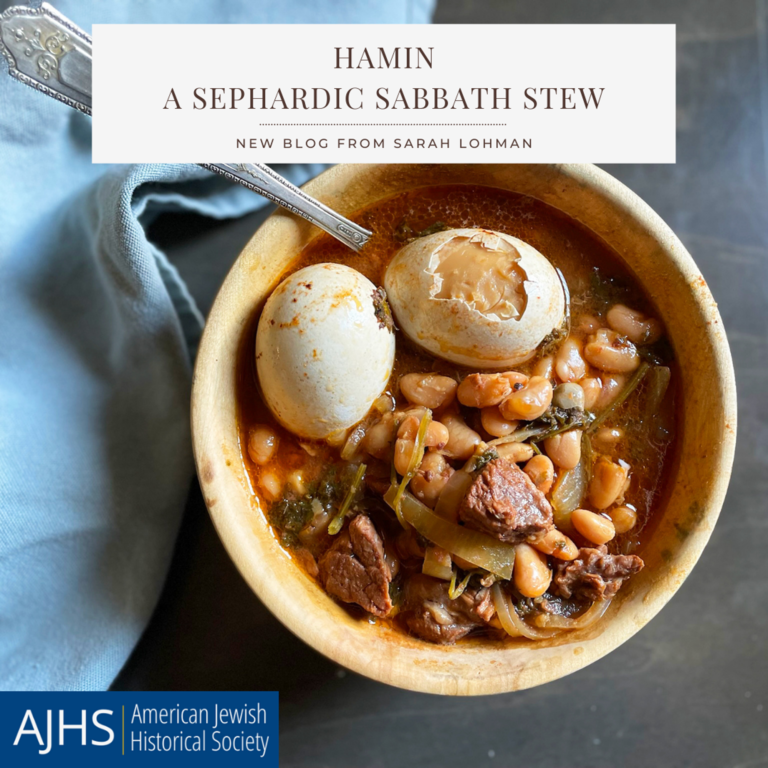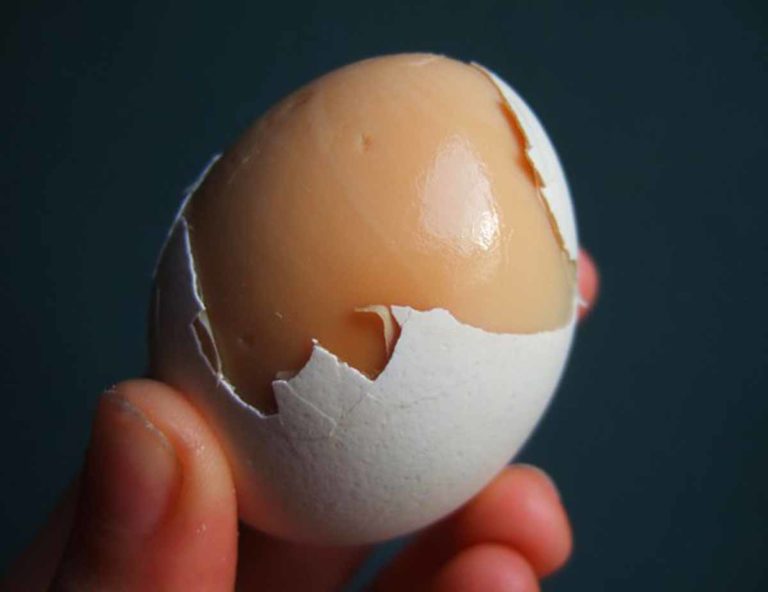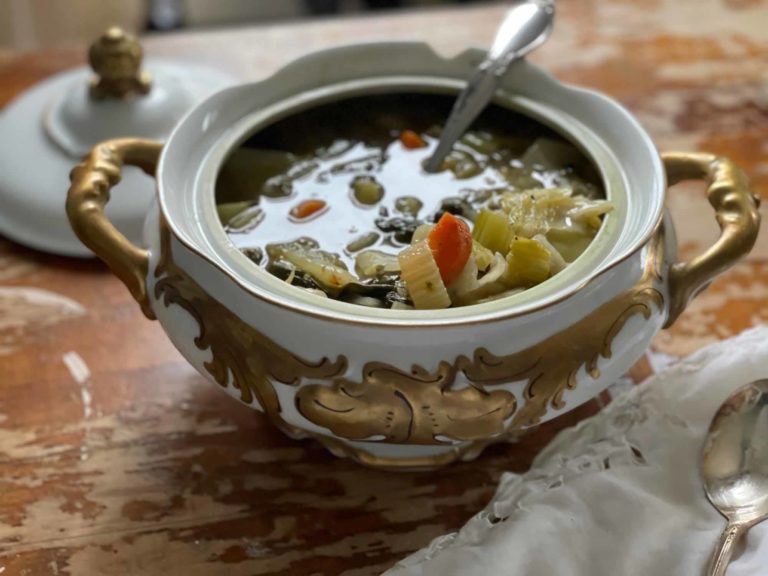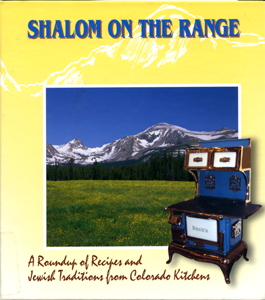
Shalom on the Range: great cookbook name, or greatest cookbook name? This “Roundup of Recipes and Jewish Traditions from Colorado Kitchens” naturally caught my eye on my first deep dive into the AJHS cookbook collection. I was on a mission to find a delicious hamantaschen recipe, and Shalom on the Range did not disappoint.
While it is easy to associate Jewish culture with big coastal cities, at the turn of the 20th century there was a push, headed by such organizations as the Industrial Removal Officer and the Baron de Hirsch Institute, to resettle new Jewish arrivals families on rural farms. The Jewish Agricultural Society was established New York City in 1900 to train Jewish immigrants for agricultural careers, and provide them with loans to purchase rural property.
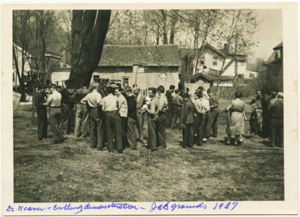
According to the University of Denver’s Center for Judaic Studies, in 1882 a group of Jewish agricultural migrants set up a colony in Cotopaxi, Colorado. “After the ill-fated colony disbanded in 1884, most of the colonists moved to Denver, forming the nucleus of the city’s west side Jewish community.” It’s the descendants of these early pioneers that would eventually compile Shalom on the Range. The cookbook was assembled to benefit Shalom Park (now called Shalom Cares), a nursing home that opened near Denver in 1923. Delightfully, some of the recipes include buffalo meat, as a nod to their “wild west” surroundings. But many of the recipes are traditional, passed down over several generations of family.
Although hamantaschen are the most commonly known Purim pastry in America, it was early Ashkenazic custom was to make whimsical pastries in the shapes of animals for Purim; other Jewish communities would fry strips of dough and soak them in honey or sugar syrup (this latter confection was called “Haman’s Ears.”) When hamantaschen first appeared in German-Jewish communities in the 16th century, the name meant “Haman’s purse,” and the sweet was made with a rich yeast-bread dough.
Nineteenth and early 20th-century Jewish-American cookbooks do not contain recipes for hamantaschen, with recipes for deserts such as Purim cakes—essentially jelly doughnuts—appearing in Jewish cookbooks through at least the 1920s. Recipes for hamantaschen began to appear alongside the doughnuts in the 1950s; the cookies didn’t show up in their contemporary form until the 1960s and ’70s, when second- and third-generation American Jews sought to document the recipes of their immigrant grandparents. It was at this point that the cookies gained their association with Haman’s tri-pointed hat.
And without further ado, Hamantashen: adapted from Shalom on the Range! I tested several fats for this recipe, and found that Crisco makes the for tastiest and most versatile cookie. The texture is crispy and light, and since Crisco is parve, you can serve these cookies with any meal. Creaming the orange zest with the sugar and fat releases the essential oils, and no need to use your good vanilla for this recipe–artificial vanilla, or a “baker’s vanilla”–a blend of real and artificial extracts–will work just fine. Traditional fillings for these cookies include poppyseeds and prunes, but I like them best with preserves or jam; the tartness of the fruit cuts through the sweetness and fat of the dough, and the melted jam makes the centers of the hamantaschen look like jewels.
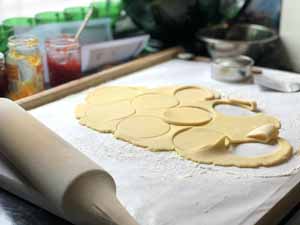
Ingredients (Makes four dozen cookies)
- 1 cup Crisco
- 1 cup white sugar
- Grated rind of one orange (about two teaspoons)
- 3 large eggs
- ¼ cup fresh orange juice
- 1 tsp vanilla
- 4 ⅔ cups all-purpose flour
- 2 tsp baking powder
Directions
- Whisk together flour and baking soda in a large bowl.
- Cream Crisco, sugar, and orange zest in a stand mixer on medium-high until light and fluffy, about three minutes.
- Add eggs, one at a time, beating well after each addition. Add orange juice and vanilla. Scrape down the sides of the bowl with a spatula.
- With the mixer on low, slowly add flour mixture, blending until just incorporated.
- Divide dough into four parts.
- Wrap in plastic wrap and refrigerate at least four hours or overnight.
- Preheat oven to 350 degrees.
- Roll out dough on a floured board, one part at a time, to ⅛ inch thickness.
- Cut three-inch circles with a cookie cutter.
- Place a teaspoon of filling in the center of each circle. Re-roll scraps.

11. Fold. Tori Avery has great instructions: “First, grasp the left side of the circle and fold it towards the center to make a flap that covers the left third of the circle. Grasp the right side of the circle and fold it towards the center, overlapping the upper part of the left side flap to create a triangular tip at the top of the circle. A small triangle of filling should still be visible in the center. Grasp the bottom part of the circle and fold it upward to create a third flap and complete the triangle. When you fold this flap up, be sure to tuck the left side of this new flap underneath the left side of the triangle, while letting the right side of this new flap overlap the right side of the triangle.” Pinch the corners together firmly.
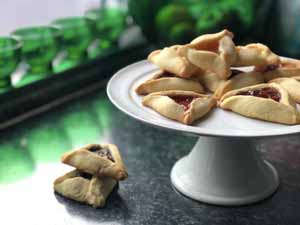
12. Place on a parchment-lined cookie sheet and bake until light brown, about 20 minutes.
13. Cool on wire rack.
14. Enjoy!

